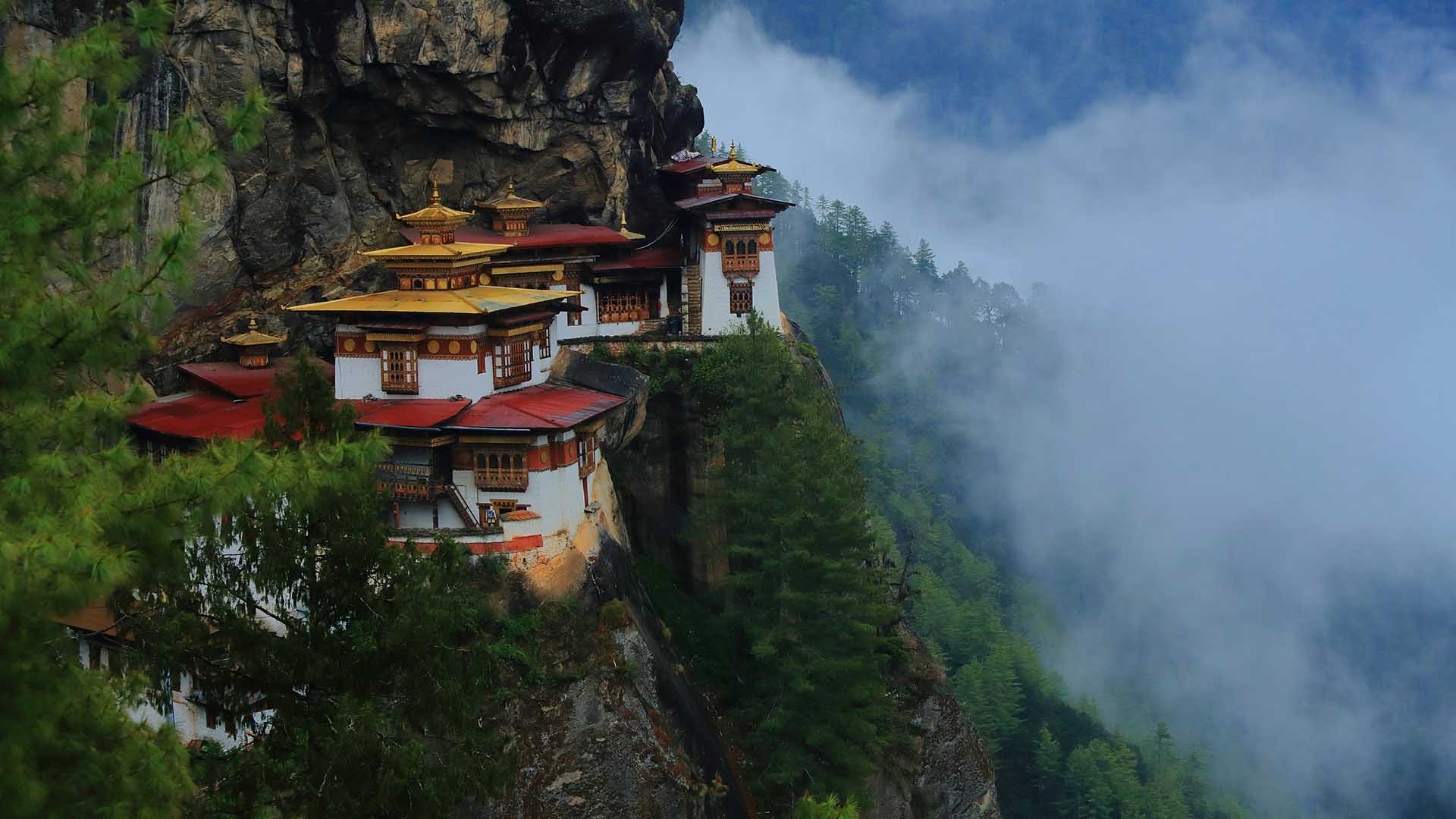Overview
Jomolhari, also known as Chomolhari, is a majestic mountain in the eastern Himalayas, straddling the border between Tibet, China, and Bhutan. With an elevation of 7,326 meters (24,035 feet), it ranks as the 79th highest peak in the world. Revered as the “Mountain of the Goddess,” Jomolhari holds deep religious significance for Tibetan Buddhists and is a prominent feature in both the geography and spiritual landscape of the region. The mountain is the source of two significant rivers: the Paro Chu, flowing south into Bhutan, and the Amo Chu, flowing north into Tibet.
Geographical Significance
Jomolhari is a striking feature of the Himalayas, its north face rising dramatically over 2,700 meters (8,900 feet) above the plains of Tibet. The mountain forms part of the border between Yadong County in Tibet and the Paro district in Bhutan. The surrounding landscape is characterized by rugged terrain and remote wilderness, offering stunning vistas and challenging conditions for climbers and pilgrims alike.
Religious and Cultural Importance
The mountain is sacred to Tibetan Buddhists, who believe it to be the abode of one of the Five Tsheringma Sisters—female protector goddesses of Tibet and Bhutan. These goddesses were bound by Padmasambhava, the great Buddhist master, to protect the land, the Buddhist faith, and the local people. On the Bhutanese side, near the southern face of Jomolhari, lies the Jomolhari Temple, a revered site that attracts pilgrims and religious practitioners. The temple, located at an altitude of 4,150 meters, is surrounded by other sacred sites, including meditation caves associated with Milarepa and Gyalwa Lorepa, and the “spirit lake” of Tsheringma, located at around 4,450 meters.
In Tibet, the mountain is also the focal point of an annual pilgrimage from Pagri to Jomo Lharang, a holy lake situated at an elevation of approximately 5,100 meters.
Climbing History
Despite its prominence, Jomolhari has seen relatively few climbing attempts, largely due to its sacred status and the belief that it was impossible to summit without incurring the wrath of the mountain’s deities. The first successful ascent was made in May 1937 by a British expedition led by Freddie Spencer Chapman, with Sherpa Pasang Dawa Lama. They reached the summit via the southeast spur, despite a perilous and prolonged descent that nearly cost them their lives. This ascent was significant not only because it was the first but also because it was undertaken with the permission of both Tibetan and Bhutanese authorities, reflecting the mountain’s spiritual significance.
The second ascent occurred on April 24, 1970, by a joint Bhutanese-Indian military expedition led by Colonel Narendra Kumar. This expedition is notable for the mysterious disappearance of two climbers and a sherpa on the second summit attempt. The circumstances of their disappearance remain speculative, with theories ranging from accidental falls to possible encounters with Chinese military forces, given the mountain’s proximity to Tibet.
Subsequent ascents have been few, with notable climbs including a 1996 joint Japanese-Chinese expedition, and a 2004 ascent by British climbers Julie-Ann Clyma and Roger Payne. In 2006, a Slovenian team achieved two new routes, marking the fifth and sixth ascents of Jomolhari. Their climb earned them the prestigious Piolet d’Or in 2007.

